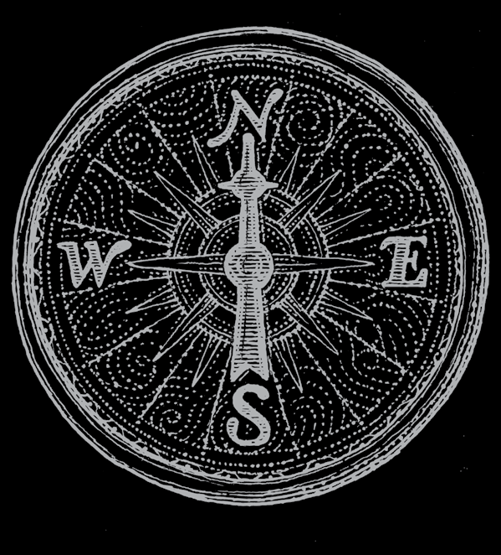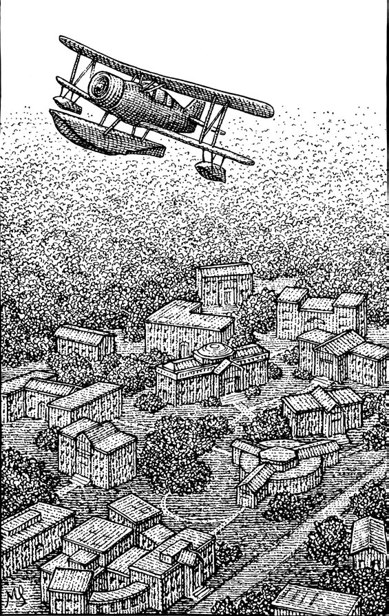A Field Guide to Lucid Dreaming (2 page)
Read A Field Guide to Lucid Dreaming Online
Authors: Dylan Tuccillo,Jared Zeizel,Thomas Peisel

Contents
FOREWORD
ix
PART ONE:
STARTING
the
JOURNEY
1
1 A New Discovery
3
2 What Are Dreams?
17
3 A History of Dreaming
27
PART TWO:
PACKING YOUR BAGS
39
4 The REM Stage
43
5 The Power of Intention
51
6 Remembering Your Dreams
61
7 Keeping a Dream Journal
71
8 The Reality Check
83
PART THREE:
ARRIVAL
95
9 Becoming Lucid
99
10 Staying Lucid
109
PART FOUR:
EXPLORING a NEW WORLD
121
11 Transportation
125
12 Creation
141
13 The Natives
153
14 Superpowers
167
=
vii
<


PART FIVE:
MASTERING the TERRAIN
179
15 Defusing Nightmares
183
16 Healing and Wholeness
195
17 Dream Incubation
205
18 WILD
217
PART SIX:
THE NEXT FRONTIER
229
19 Know Thyself
233
20 Waking vs. Dreaming
241
21 A Future Vision
253
NOTES 263
ACKNOWLEDGMENTS
272
ABOUT THE AUTHORS
274
=
viii
<

FOREWORD
We shall not cease from exploration
And the end of all our exploring
Will be to arrive where we started
And know the place for the first time.
—T. S. Eliot,
poet, playwright, aka “old possum”
For as long as there have been blank spots on the map,
there have been pioneers—those unafraid of the fringe,
who relish the untamed, the unknown, and the undiscov-
ered. These individuals are inspired by the adventurous impulse
to survey new ground, to chart new territory, or to discover new
ideas. They are the innovators, creators, visionaries, and explorers.
Today we find ourselves on the brink of yet another frontier.
You, holding this book, are about to enter this unknown world.
Where are you going? What’s left that hasn’t already been mapped
out? The only blank spots left are in the depths of the sea and in
the vastness of outer space, but you won’t be going to either of
these places. This journey is a tad different. You won’t find this
place on any map.
=
ix
<
You’re not a stranger to this land. In fact you’ve traveled there
every night of your life, whether you realize it or not. You leave
your familiar world and experience this place, which has its own
rules, customs, laws, and native population. You can traverse this
frontier just like you’d walk through a forest. Here, you can learn,
discover, heal, and awaken to different realities.
If you’ve read the cover of this book, you know what we’re
getting at: dreams! The goal of this book is to help you explore
your dreams using the art of lucid dreaming. We will explain what
lucid dreaming is and how you too can use it to survey the ground
floor of your own subconscious. We will teach you how to become
an
oneironaut,
a word derived from Greek that means “dream
navigator.”
Lucid dreaming is the ability to know you’re dreaming while
you’re dreaming. A lucid dreamer is able to go to sleep at night and
wake up within his or her dream. With this unique awareness, you
can generally behave like someone who is awake, exercising the
free will, imagination, and memory of waking life. Once lucid, you
can explore and even change elements of the dream.
If you were to travel down the Amazon River you’d need a
field guide to tell you which plants to eat, how to navigate the ter-
rain, and what to do when dealing with the natives. Consider this
book your field guide to the dream world, a map to navigate
through your subconscious. If you’re a newcomer to lucid dream-
ing, the idea of exploring your subconscious may seem crazy or
daunting. Don’t you worry, we searched for the best techniques out
there, made some improvements, and then boiled them down to
their simplest forms. For those of you who have already experienced
=
x
<
lucid dreaming, this guide will help you master this ability while
traveling beyond what you thought was possible.
We’ll teach you:
1. How to reconnect with your dreams
2. How to have a lucid dream
3. What to do once you’re lucid
This book is filled with step-by-step advice, stories from the
dream world, and wonderfully maddening ideas. It’s based on our own
experiences with a decade of lucid dreaming as well as the real-life
experiences of many other lucid dreamers, writers, and scientists.
Our goal was to report back from the dream world and write about
the things that we actually observed and experienced.
Unlike other field guides, this book is designed to be read from
start to finish, just as if you were to travel down a jungle trail.
Information from the first chapter will be used in the second chap-
ter; tips from the second chapter will pop up in the third chapter,
and so on. So try and hold off the urge to jump around.
Here’s an important note to remember before embarking on
this inner journey: while dreaming is a skill that can improve with
practice and focus, it’s not something foreign to you. You dream.
You do so every single night, whether you remember it or not.
=
xi
<

=
xii
<

Ready to start? Here’s your first lesson. The icon of a com-
pass, seen above, will appear many times throughout this book.
TRy THIS:
Every time you see a compass, ask yourself the question
“Am I dreaming at this very moment?” Look around you and really
try to answer this question.
It may sound ridiculous to doubt your reality (of course you’re
awake, after all, you’re reading this book). But for reasons you will
soon learn, this reality check is the first step in waking up in your
dreams. If you’re able to master this technique you’ll have no prob-
lem with lucid dreaming.
So take a moment now and ask yourself this seemingly bizarre
question:
“Am I dreaming?”
=
xiii
<

P A R T O N e
starting
= the <
Journey

1
A New Discovery
It’s April 12, 1975, in the Department of Psychology at the
University of Hull in England. Researcher Keith Hearne is
trying desperately to stay awake. He sits alone, monitoring a
man named Alan Worsley as he sleeps, watching the monotonous
